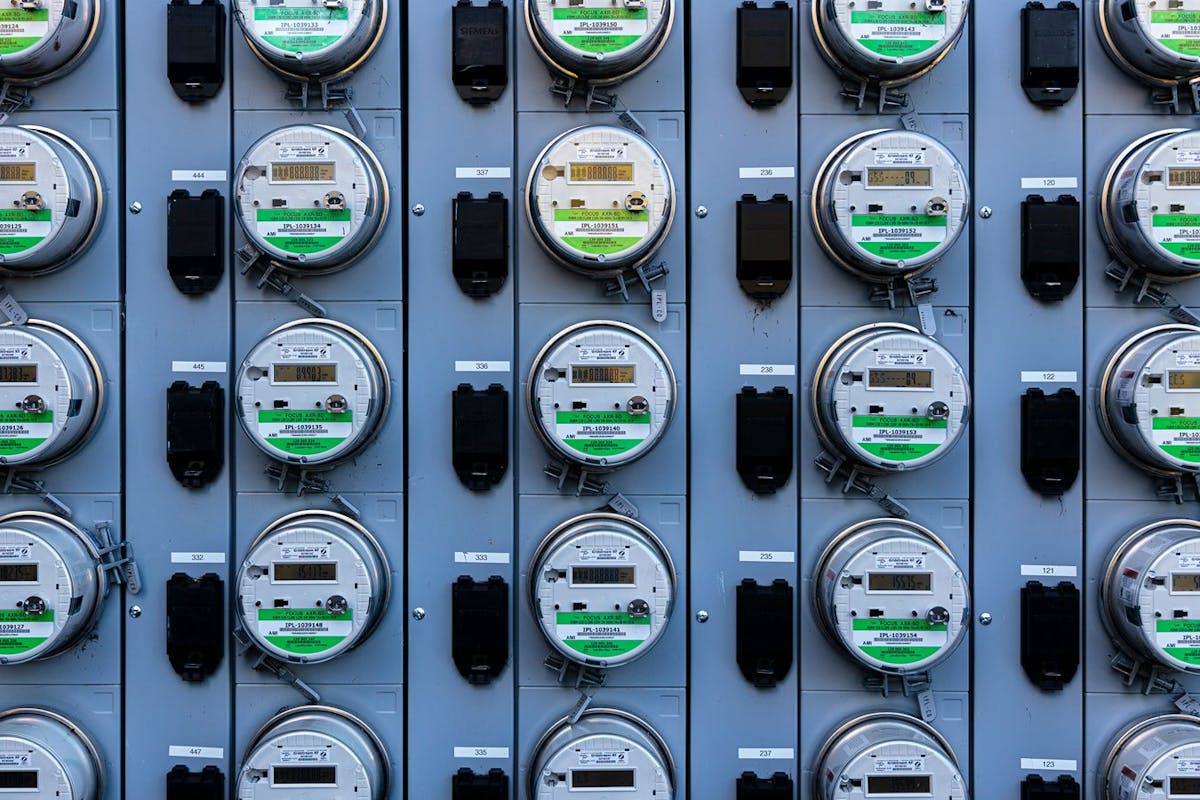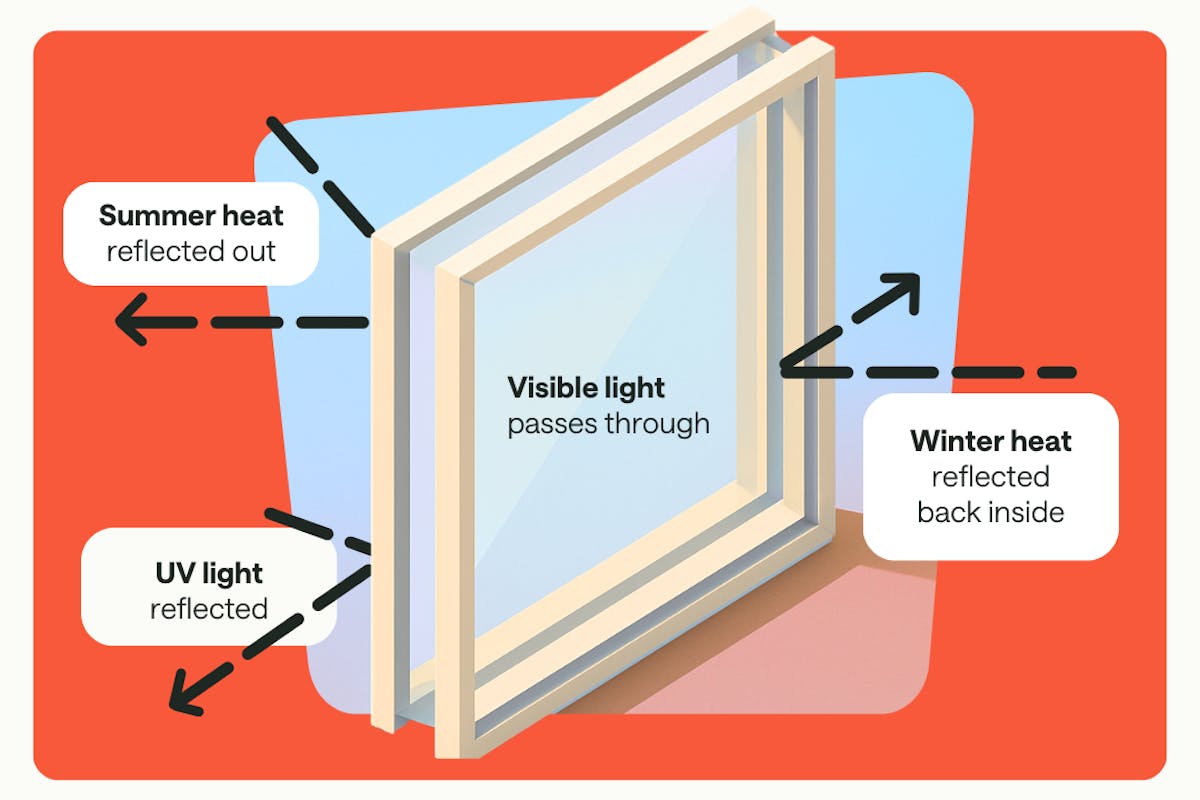Saving Money With Time-of-Use Rates
Last edited

Author
Andrew Giermak
Solar and Electrification Writer and Editor

Editor
Andrew Blok
Electrification and Solar Writer and Editor

If your utility company uses time-of-use rates, you might worry at first. It could sound like you’ll end up with higher bills.
Instead, you can look at it as an opportunity to save money. With a few simple steps, you can save energy and shift your energy usage to use time-of-use rates to your advantage.
See how much you can save with home energy changes
What Are Time-of-Use Rates?
Time-of-use rates are rates–with some utility companies, plans you can choose from or opt in to–from an electric utility company based on the time of day, day of the week, and time of year when electric usage is generally higher or lower. When usage is higher, utility companies will make rates higher during “peak hours” to decrease the demand. When demand is generally lower, rates are lower to encourage customers to spread demand for power to the “off-peak” times.
The best way to learn more about time-of-use rates where you live is to check with your utility company, where you can see the time-of-use schedule with peak and off-peak periods. Some utilities have additional rate periods or plans, like super-peak plans or electric vehicle-centric plans.
You can see the time-of-use plans from various utility companies via the links below.
- San Diego, California: San Diego Gas & Electric
- Phoenix, Arizona: Salt River Project
- Boston, Massachusetts: Eversource
- Syracuse, New York: National Grid
Utility companies implement time-of-use rates and plans to cut down on the likelihood of power outages during times of very high usage. Time-of-use programs also promote cleaner energy usage and making renewable sources a higher ratio of our energy production and consumption (whether residential level or utility level).
See how much you can save with home energy changes
How Can You Save With Time-of-Use Rates?
It’s possible to save money with time-of-use rates by changing some tasks from peak periods to off-peak periods. Can you run your dishwasher overnight or in the early morning instead of in the late afternoon or evening? Most utilities set peak rate periods for weekday afternoons and evenings, times when many people get home from work and school and electricity demand rises.
Another way to save is with home solar panels and using your own solar power as much as possible, including during some peak or super-peak periods. Solar battery storage can store electricity for evenings and nights.
How Much Can You Save With Time of Use?
You can use time-of-use rates to your advantage by shifting some of your energy usage to off-peak hours, especially power-hungry tasks like doing laundry, charging an EV, or heating an cooling your home. (Use a smart thermostat to set your heating and cooling to an energy-saving temperature when no one’s home anyway.)
Let’s use a time-of-use plan from San Diego Gas & Electric as an example. We’re using SDG&E’s TOU-DR2 plan which has on-peak rates from 4-9 p.m. every day and off-peak rates all other times. SDG&E’s on-peak rate is $0.633 a kilowatt-hour. The off-peak rate is $0.332 a kilowatt-hour.
The average American home uses about 30 kilowatt-hours of electricity a day according to the U.S. Energy Information Administration.
If you use 20 kWh a day in on-peak periods and 10 kWh in off-peak, you’d get:
- On-peak: 20 kWh x $0.633 = $12.66
- Off-peak: 10 kWh x $0.332 = $3.32
- Total per day: $15.98
If you change to 10 kWh a day on-peak and 20 kWh a day off peak, it becomes:
- On-peak; 10 kWh x $0.633 = $6.33
- Off-peak: 20 kWh x $0.332 = $6.64
- Total per day: $12.97
If you save $3.01 per day, you’d save $1,099 a year.
For many time-of-use rates around the country, the difference between on-peak and off-peak hours is more modest. A difference of ten cents between on-peak and off-peak hours (instead of about 30 cents in our example), would deliver savings of $1.00 a day.
Saving energy means saving money. If you’re interested in seeing what you could save with solar panels or other energy updates at your home, you can go to our home energy advisor or our solar savings calculator.
See what home electrification can do for you:
Frequently Asked Questions
Do time of use rates save you money?
It’s possible to save money using time-of-use electric rates. It’s largely up to your usage, habits, and changes. Smart devices, energy-efficient appliances, HVAC efficiency, home electrification, and home solar panels are main areas where changes with your home energy will make differences.
Can time of use rates make your bill go up?
At the same time, yes, it’s possible time-of-use rates will cause your utility bills to increase, especially if you make no changes to your usual energy consumption.

